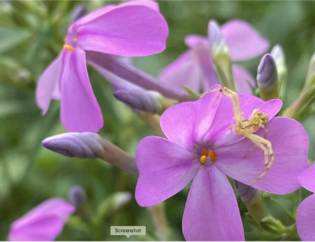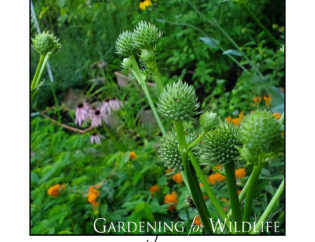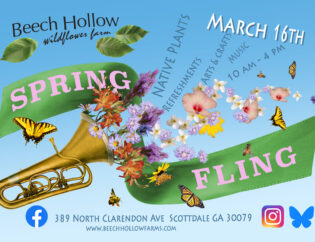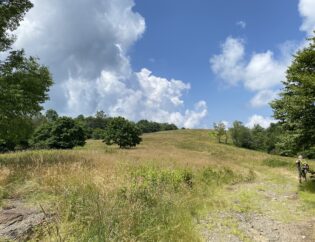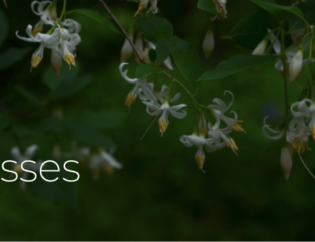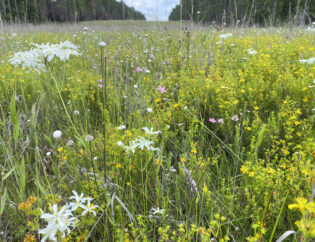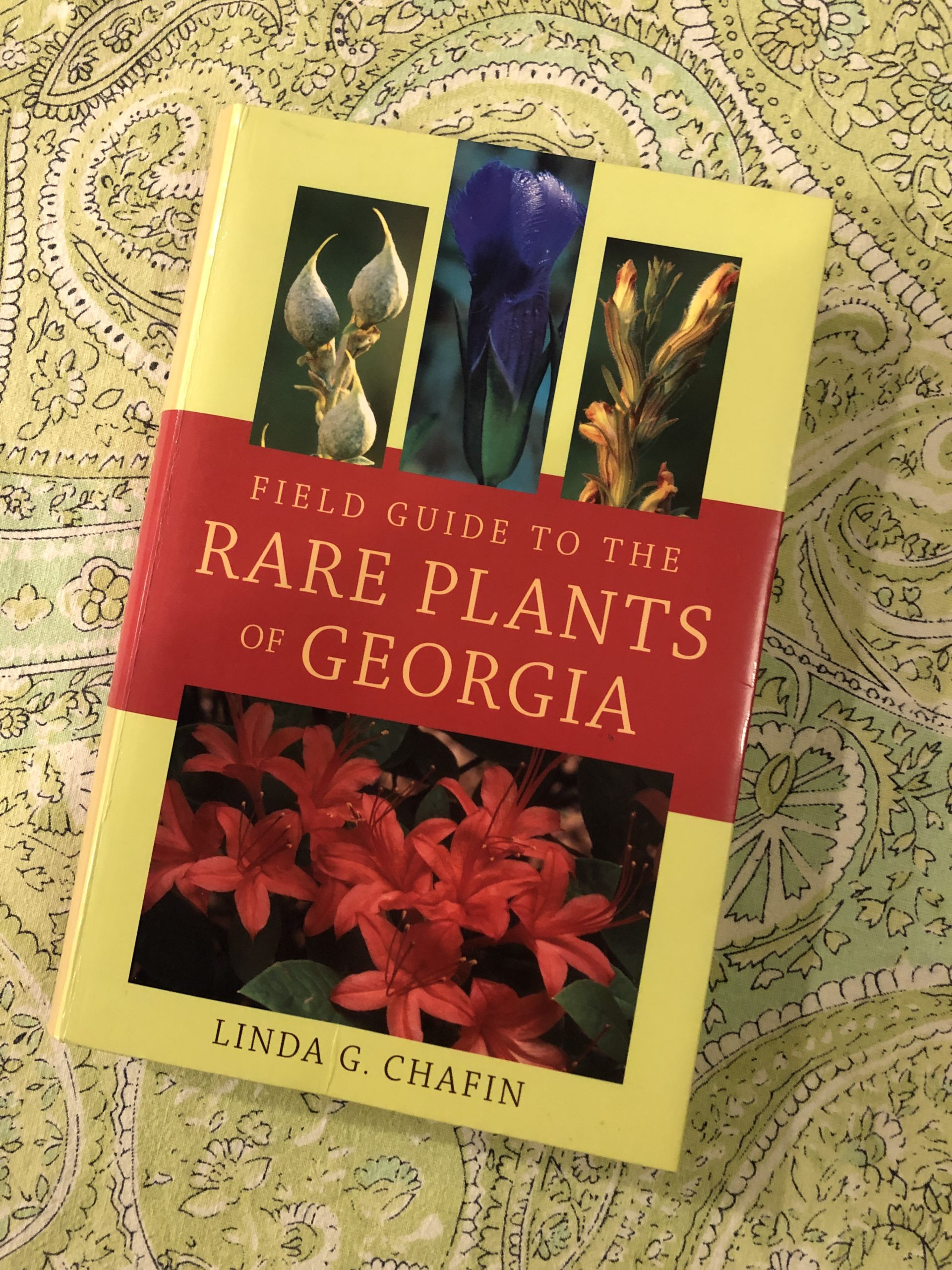
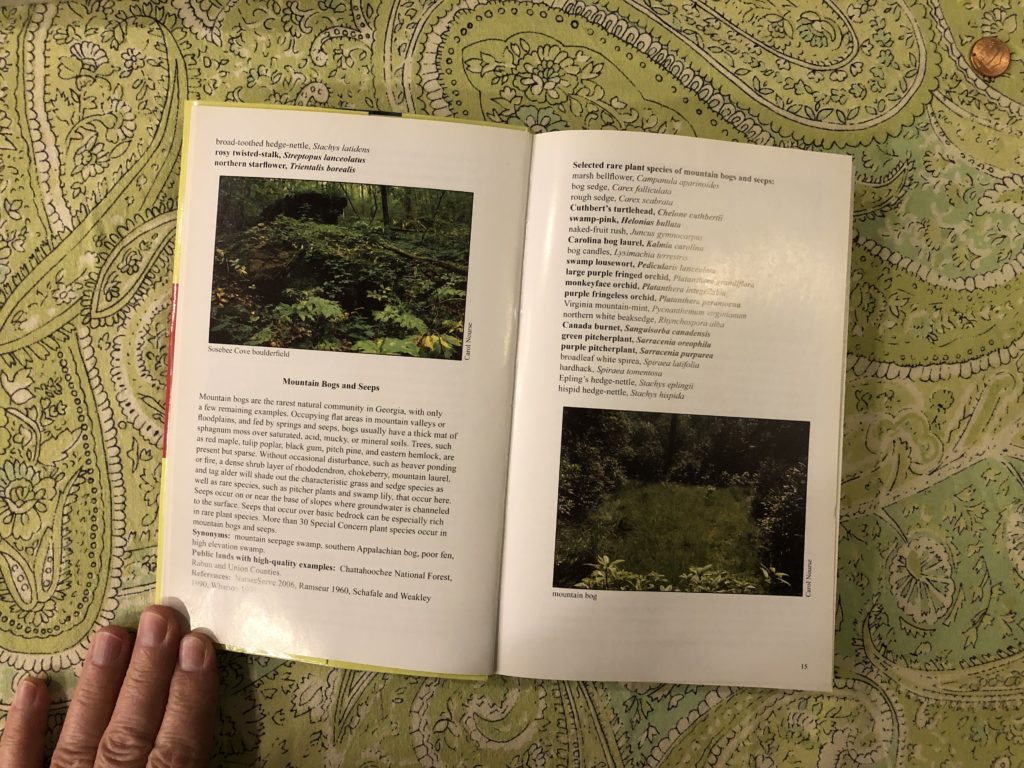
Field Guide to the Rare Plants of Georgia
by Linda G. Chafin
2007. University of Georgia Press, Athens.
526 pages.
Georgia has roughly 4,000 species of plants.
In the US, Georgia is ranked 5th or 6th for largest number of plant species. Among all of that diversity of plants are plenty of beautiful, mundane, common plants that all of us should see everyday. Mixed into that large number of species are also the rarities, those plants with ecological niches that are so particular that they can live nowhere else, or perhaps the species’ habitat has been bulldozed and developed out of existence. This is the field guide Linda Chafin put together to identify these rare plant children of Georgia.
After gazing upon the book’s introduction niceties, you will find an abbreviated section on Georgia’s several predominant ecosystems. Personally, I think this section is a wonderful ”ecosystem-cliff-notes” for folks to have in hand. If they want to know more, there are key terms and phrases easily available from this section that will help them locate a further internet treasure trove of additional information.
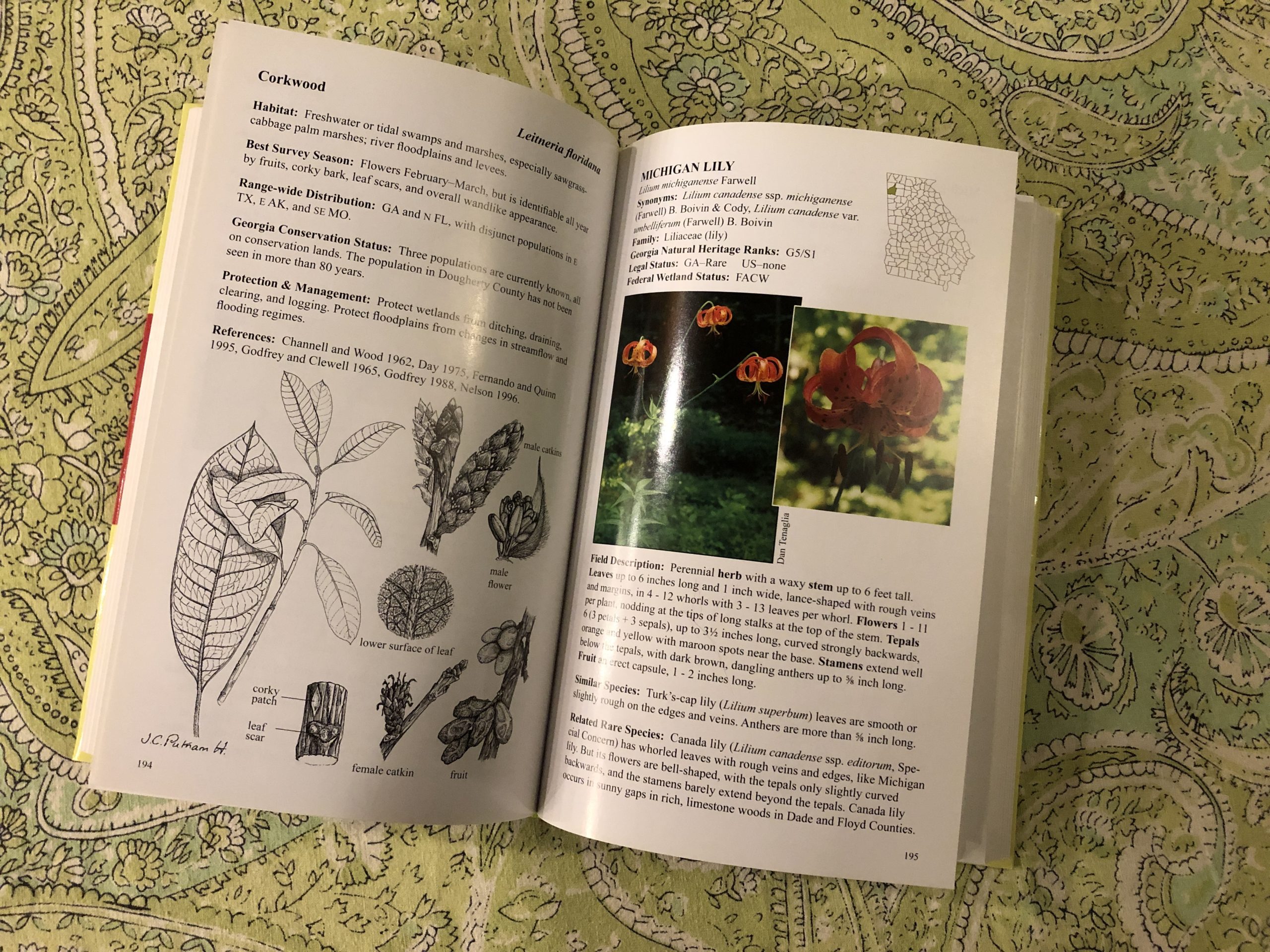
In the guide section of the book, each major plant entry shows the plants’ most frequent common name, with the Latin binomial beneath it, including the plant family, the Georgia Natural Heritage Rank, as well as legal status and the wetland status of the plant. To the right of the plant name is a range map, showing the range of the plant in a county map of Georgia. Under the name and range map section are two or three clear photos of the plant, the plant in flower, and any other interesting defining details.
Next, we have Linda Chafin’s field description, a few notes on any similar species, and related rare species. The second page has a breakdown of the habitat, best season to survey the plant, the plant’s distribution throughout its range, notes on how to protect the plant, and references.
Gracing the bottom half of the second page of every plant entry are the lovely and succinct botanical line drawings of Jean C. Putnam Hancock. If the photos didn’t give enough ID information, the botanical drawings most definitely will.
